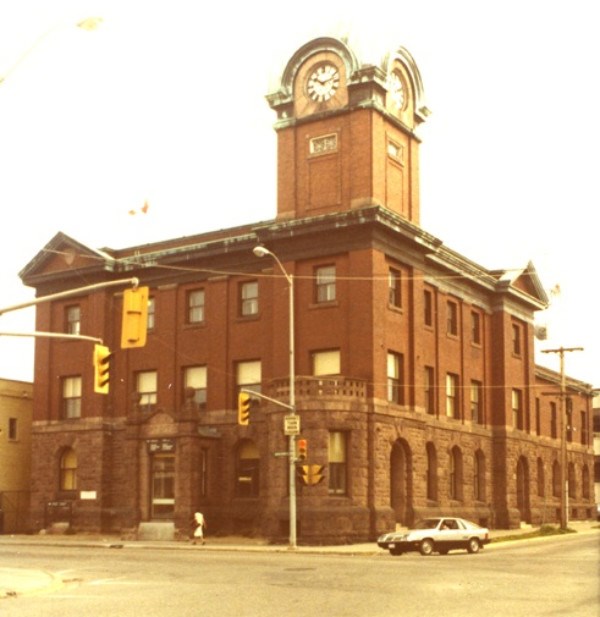From the archives of the Sault Ste. Marie Public Library:
Spring forward. Fall back. They’re two phrases that are familiar to Ontarians today after over a century of time changes. But it wasn’t always that easy.
In the 1800s, each community typically relied on solar time – determining the time of day by the sun’s position in the sky. However, across broad stretches of land, solar time will vary: approximately one minute for every 18 km running east or west. As railroads were built and people travelled faster and further, a need arose for a standardized time that was accurate across long distances.
Enter Sir Sandford Fleming who, building off of other efforts, advocated for a standardized time system. In 1883, he spearheaded the use of time zones by railways; he also advocated for International Standard Time.
However, while a standardized system of time made traveling simpler and safer, it did not address some of the other concerns people had with timekeeping: namely, that it got darker so much earlier in the winter months.
For hundreds of years, people had argued in favour of a daylight saving measure – perhaps most notably Benjamin Franklin in the 1700s. In 1908, a northern Ontario city became the first in the world to officially use Daylight Saving Time: Port Arthur, now part of Thunder Bay.
From there, some individual cities in Canada followed, and then parts of Europe and the United States. With the USA formally adopting daylight saving time in March of 1918, Canada felt an increased sense of urgency to synchronize its timekeeping. The bill was pushed through the Senate as quickly as possible.
Ottawa soon announced that Daylight Saving Time would begin at 2 a.m. on April 14, 1918.
However, with Sault Ste. Marie located at an international border and with its nature as an industrial centre, the changing of the clocks took special consideration – and a bit of tweaking to that 2 a.m. changeover. What has become a simple turning of our clocks forward or backward nowadays on the designated day, for some it appears that this first changeover became a very complicated and prolonged process.
The Algoma Central Railway announced that it would be resetting the time at midnight – two hours early – at the bidding of the Board of Railways Commissioners.
Likewise, Algoma Steel opted to “spring forward” at the same time as the ACR, to avoid confusion. Any employees working the night shift would go into work at the old time and leave at the new time . . . and, according to Captain David Kyle, the lucky employees would “be paid for the other hour, just as though they had worked.”
The ferry between Sault, Michigan and Ontario decided to shift its schedule for Daylight Savings Time. For that Sunday only, the first boat across the St. Marys River ran on old time: going by new time, it was delayed by one hour. This was done out of consideration for the Michigan Immigration and Customs officers – and made all the more feasible because few people opted to ride the ferry at 7:15 a.m. on a Sunday to begin with.
All of the city’s churches mutually agreed that they would hold services at the old time for that first Sunday – and make the change to the new time for the rest of the week’s services.
However, despite the hodgepodge ways in which the time change was carried out, the Sault Star reported that it was not anticipated to spark much confusion. After all, it was “simply a matter of advancing the hands of the clocks and conducting all business affairs as usual.”
Are you ready to fall back? The time change happens this year on Sunday, Nov. 3.
Each week, the Sault Ste. Marie Public Library and its Archives provides SooToday readers with a glimpse of the city’s past.
Find out more of what the Public Library has to offer at www.ssmpl.ca and look for more Remember This? columns here
